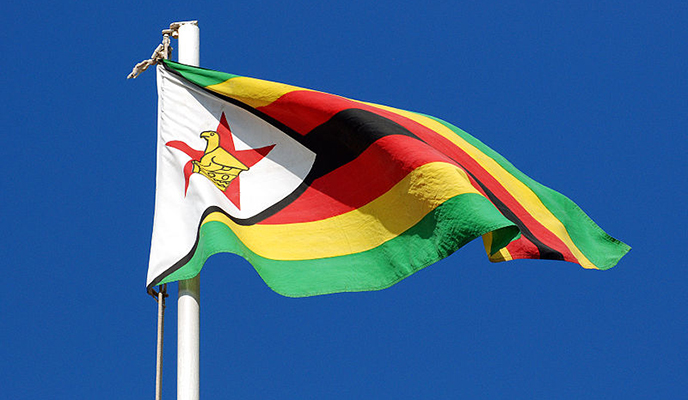
GOVERNMENT seeks to develop a five-year Diaspora plan aimed at promoting remittances in line with the diaspora policy adopted last year.
BY Fidelity Mhlanga
Secretary for Economic Planning and Investment Promotion Judith Kateera said following the adoption of the Zimbabwe Diaspora Policy in July last year, government was expediting an action plan for the initiative which will run from 2017 to 2022.
In a speech read on her behalf at a National Diaspora Action Plan implementation workshop by Grasiano Nyaguse, a director in the ministry, Kateera said government was collaborating with the International Organisation for Migration (IOM) to initiate dialogue on the impact of migration on the country’s economic processes.
“The dialogue then was on mitigating the causes of negative and the impact of migration on the country’s development process as well as benefit from migration that has taken place and would continue to do so given the disparity that existed between us and other countries in terms of economic opportunities,” she said.
The need for a diaspora plan came at a time diaspora remittances have been increasing since dollarisation. Diaspora remittances were now the third highest foreign currency earner after gold and tobacco.
In 2009, remittances stood at $294 million and increased to $552 million in 2012, $788 million in 2013 before rising to $935 million in 2015.
IOM chief of mission, Lily Sanya said some African countries have set aside huge tracts of land for Diaspora investment while also providing duty-free regimes for movement of equipment from abroad.
- Chamisa under fire over US$120K donation
- Mavhunga puts DeMbare into Chibuku quarterfinals
- Pension funds bet on Cabora Bassa oilfields
- Councils defy govt fire tender directive
Keep Reading
“Many African countries have rolled out programmes for mobilising the Diaspora. Some of these programmes include designating large hectares of land for diaspora investment, duty free regimes for movement of equipment from abroad, knowledge transfer programmes, out of country voting among others,” she said.
Sanya said government support could be in the form of capacity building, business networking and legal protection.
A government strategy would require identifying goals, mapping out the Diaspora communities, build relationships and trust between the Diaspora and the government and ultimately mobilising the Diaspora to contribute to sustainable development. In addition, the wealth of diaspora can be tapped for the development of the country through the issuance of diaspora bonds,” she said.
It is estimated that three million Zimbabweans are living in countries such as United Kingdom, South Africa, United States of America, Botswana, Australia, Canada and New Zealand.
Research has revealed that the diaspora community is keen to invest in Zimbabwe in areas such as education, agriculture, health, financial services, ICT, manufacturing and tourism.
International migration has grown over the past decades to be one of the key defining features of the global, regional and national policy agendas.
Migration and human mobility provide a lifeline for more than 1 billion people today. Of the world’s estimated 7 billion population, 1 billion are migrants of which 232 million are international migrants and 740 million are internal migrants.











